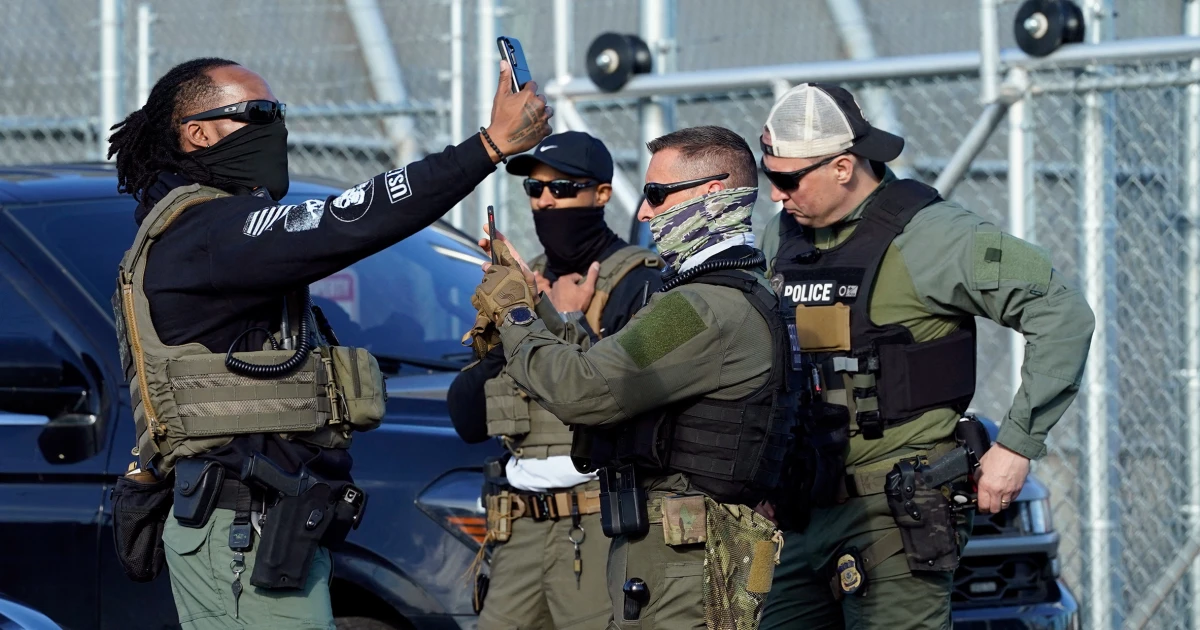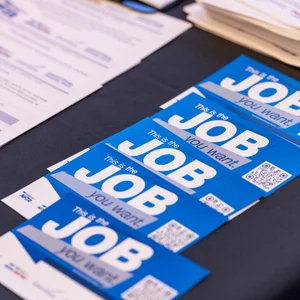Copyright MSNBC

According to stunning reporting by Joseph Cox at 404 Media, federal agents appear to be roaming around Chicago using mobile facial recognition technology, or FRT, on people to determine whether they should be deported. And according to internal Immigration and Customs Enforcement, or ICE, emails viewed by 404 Media, ICE has been using the Mobile Fortify app, which “can identify someone based on their fingerprints or face by simply pointing a smartphone camera at them.” A spokesperson for Customs and Border Protection confirmed its use of Mobile Fortify to 404 Media, saying, “This is one of many tools we are using as we enforce the laws of our nation.” A DHS spokesperson told MSNBC, "While the Department does not discuss specific vendors or operational tools, any technology used by DHS Components must comply with the requirements and oversight framework." The implications of DHS’ use of facial recognition technology go far beyond the realm of immigration enforcement. Based on 404 Media’s review of videos, it appears that agents from ICE and CBP were utilizing the technology at least as early as February 2025 in New Mexico. But agents reportedly employed the technology in Chicago on young people riding bikes, and also on an adult driver who explicitly declared their U.S. citizenship to agents. Nonetheless, the video shows agents demanding that the driver submit to an FRT scan to verify their citizenship status. The incidents out of Chicago should shake the American conscience. But they should also serve as a warning that, if left unchecked, immigration enforcement’s use of this technology could potentially trigger a constitutional crisis. In one of the most controversial Supreme Court “shadow docket” decisions this year, by a 6-3 majority in Noem v. Vasquez Perdomo, the justices stayed a lower court ban on immigration enforcement stops based on a person’s presence “at particular locations such as bus stops, car washes, day laborer pickup sites, agricultural sites, and the like; (ii) the type of work one does; (iii) speaking Spanish or speaking English with an accent; and (iv) apparent race or ethnicity.” Thus, while the Vasquez Perdomo case remains on appeal at the Ninth Circuit, the high court’s majority is permitting ICE to use race and the other factors above in making immigration-related stops or even raids. And contrary to Justice Brett Kavanaugh’s assertion in his concurring opinion that “If the officers learn that the individual they stopped is a U.S. citizen or otherwise lawfully in the United States, they promptly let the individual go,” that clearly has not happened in at least 170 cases in which U.S. citizens were detained by ICE thus far in 2025. Many of them said they were physically abused, as reported this month by ProPublica. If you’re in the vicinity of ICE operations and you don’t look like you’re of European ancestry, you could be a potential target. Speaking Spanish in public even as a U.S. citizen? An involuntary FRT scan and possible detention at the hands of ICE or other DHS agents is a very real and frightening possibility. Nothing in the Immigration and Nationality Act permits ICE to conduct involuntary FRT scans — but neither does the statute prohibit it. In fact, there’s no federal legislation governing FRT use at all at this point, despite the fact that there are documented cases of FRT-based false arrest cases from 2020, 2023 and 2024. The lack of federal legal restraints on FRT use is being exploited by ICE and its fellow federal law enforcement agencies, to the detriment of the constitutional rights of those they target. In the air travel context, Oregon Sen. Jeff Merkley’s Traveler Privacy Protection Act would, if enacted, impose meaningful FRT constraints on the Transportation Security Administration, or TSA. What’s required more broadly is a federal ban on the use of FRT technology absent express congressional authorization and only in circumstances in which a particular person is being sought in connection with a violent crime. In no case should an arrest be made solely on the basis of an allegedly positive FRT result. However, the implications of DHS’ use of FRT — backed up by reams of personal and public information on tens of millions of Americans — go far beyond the realm of immigration enforcement. An involuntary FRT scan and possible detention at the hands of ICE or other DHS agents is a very real and frightening possibility. Earlier this year and in the name of “immigration enforcement,” Trump’s Justice Department demanded voter roll data from several states, escalating to lawsuits to obtain the information. Just last week, the department upped the ante, announcing it would send election monitors to New Jersey and California in November, despite the fact that there is no obvious legal justification for doing so. In theory, there is no constitutional, statutory or case law basis for Justice Department election monitors to demand that a voter submit to FRT to verify their identity and citizenship status prior to casting a vote in a federal election. However, given the administration’s penchant for testing constitutional boundaries, state and local election officials would be unwise to ignore the possibility. Consider the following scenario: Trump’s Justice Department could attempt to employ FRT or other forms of voter verification protocols outside of polling places, asserting the need to prevent voter fraud by illegal immigrants or others allegedly ineligible to vote. State and local officials could refuse to allow federal monitors near polling places if they attempted to employ such measures. But that could trigger Trump to claim voter fraud was being perpetrated — and all because his monitors were prevented from stopping illegal immigrants or others ineligible from casting ballots. This would be especially politically explosive in areas where House races are decided by razor-thin margins and recounts take place. The legal battle to decide the constitutionality — or lack thereof — of Trump’s actions would likely be won by state and local officials, but if enough House races were called into question, it could lead to a House election certification fight similar to the presidential election certification battle of 2020-21 —and thus another constitutional crisis. States could prevent this scenario by banning FRT use on any state or local property and within one mile of a polling location. They should do so now, while they still have time.



